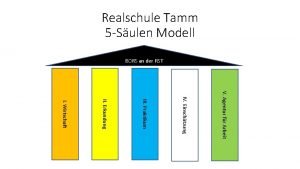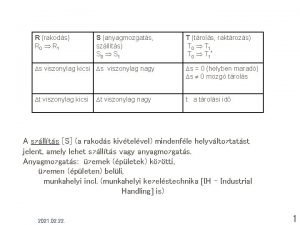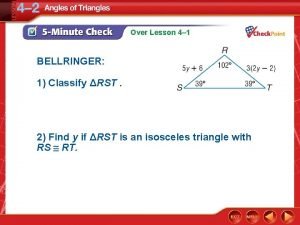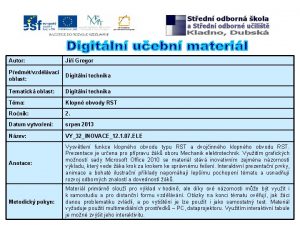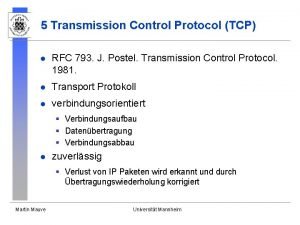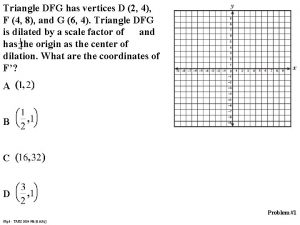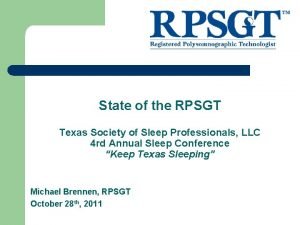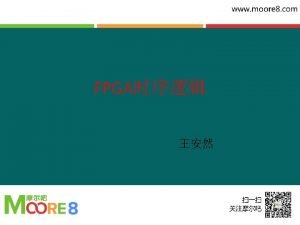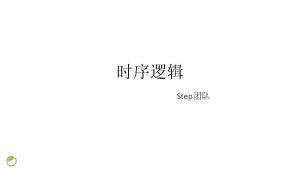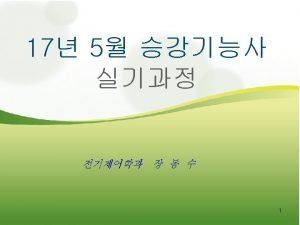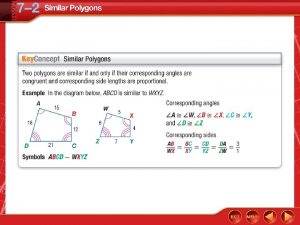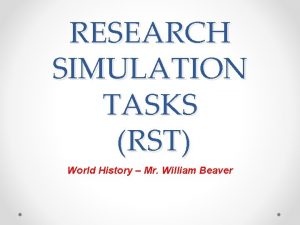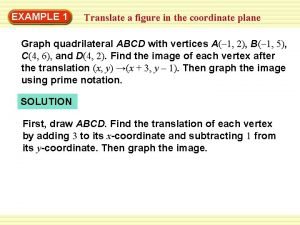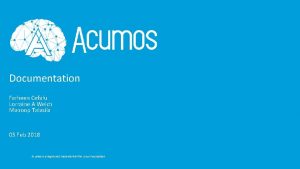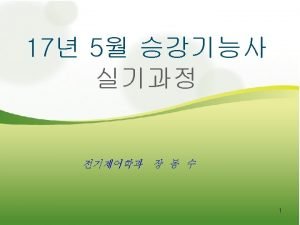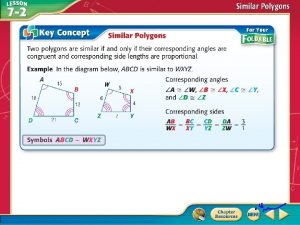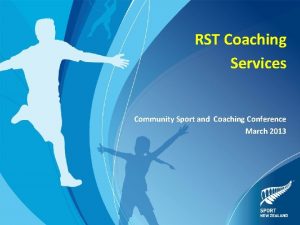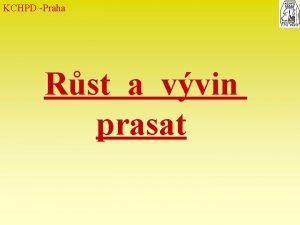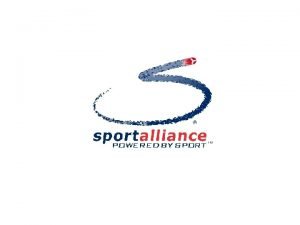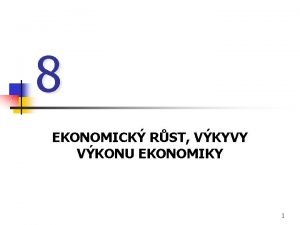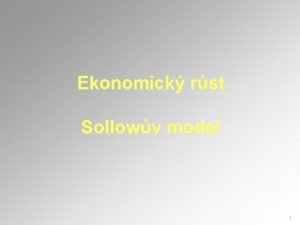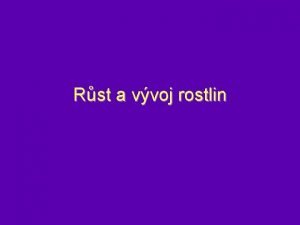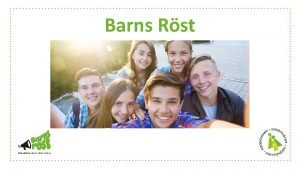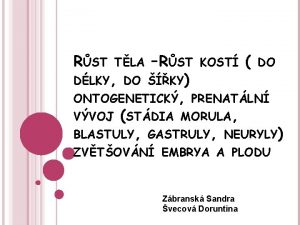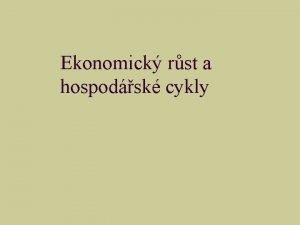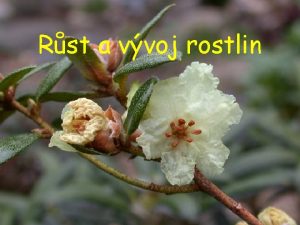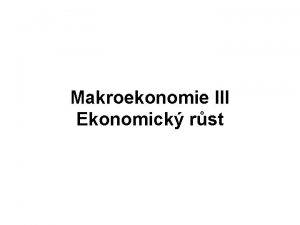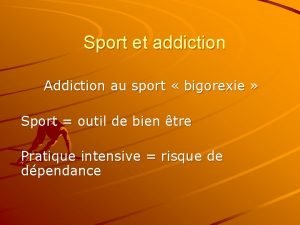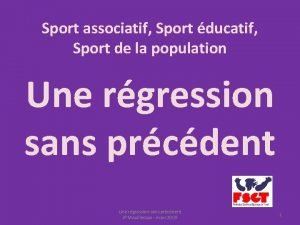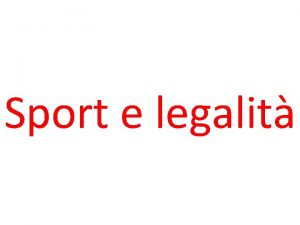RST Coaching Services Community Sport and Coaching Conference

















- Slides: 17

RST Coaching Services Community Sport and Coaching Conference March 2013

Why review now? • General confusion and uncertainty regarding the role RSTs should play in providing coaching services • Current RST coaching KPIs are hard to measure and of questionable value • Some RSTs are looking to move away from having a dedicated staff member leading coaching • New investment period starting 1 July 2013 presents an opportunity to review and refine scope of coaching services and best way of measuring impact

The process so far • RST working party established in mid 2012 to establish the full range of initiatives RSTs currently provide in terms of coaching services • Initiatives grouped into four broad categories • More appropriate ways of measuring impact (not just numbers) developed in association with the Sport NZ Monitoring and Evaluation team (RADAR) • Draft paper circulated to RST CEOs and Coaching Managers for comment

The next steps • Further consultation at coaching conference and final opportunity for feedback • Final RST Coaching Services scope approved • Targeted trials with RADAR • Launch of new approach 1 July for the 2013 -14 year • Note – reporting for 2012 -2013 year still in same format unless RST wishes to trial new approach

The new approach At beginning of the planning year each RST plans its approach to delivering coaching services • Step One : Decide emphasis to be put on each of the four areas – Leadership, Targeted NSOs, Generic Coach recruitment and development, coach recognition and recruitment • Step Two: Using RADAR identify the types of initiatives under each heading that you will undertake • Step Three: Deliver coaching services initiatives as per plan







The new approach At the end of the planning year each RST reports back on the delivery of coaching services • Step One : Using RADAR the RST provides a description, self assessment of impact and where they wish a case study of the initiatives undertaken. • Step Two: Sport NZ then reviews the RADAR self assessment, conducts a targeted NSO satisfaction survey and makes its own internal assessments. • Step Three: Sport NZ provides feedback to the RST including a coaching services performance valuation which serves as the KPI mechanism.

The Real Added Value • RSTs will have a clearer understanding of Sport NZ’s expectations, while at the same time having a high degree of autonomy as to how they approach providing coaching services. • Sport NZ and NSOs will be able to understand better the approach taken by each RST • RSTs will receive more constructive and meaningful feedback from Sport NZ • The automated nature of RADAR will mean a range of reports can be produced that will provide meaningful comparative data for both RSTs and Sport NZ • A central hub for case studies under each type of coaching service initiative can be developed over time



Comments / Questions


